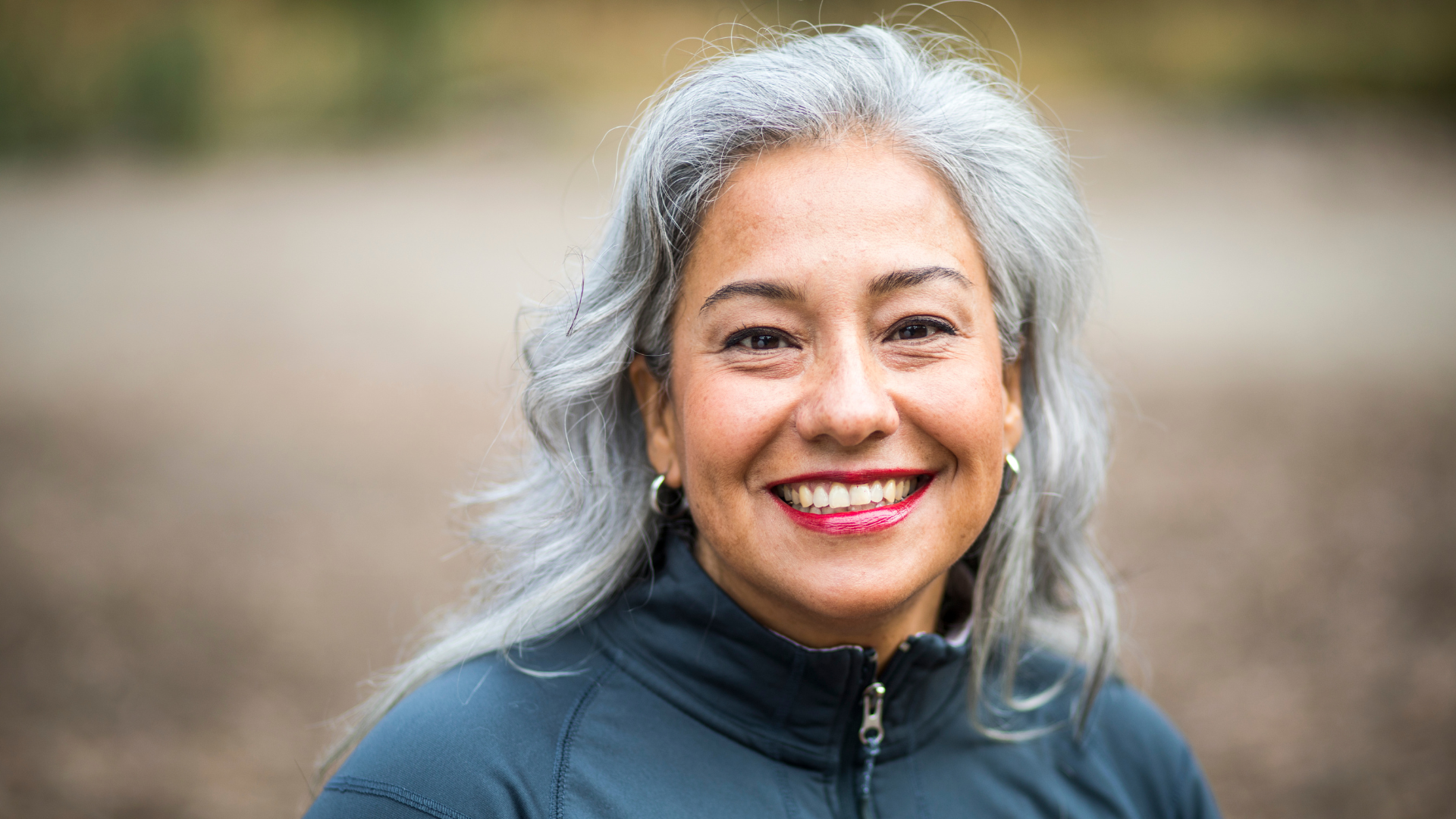Maria Sanchez was 52 when she received her fibromyalgia diagnosis. After months of unexplained pain, fatigue, and brain fog, she finally had a name for what she was experiencing — but little direction on how to manage it day-to-day.
"The doctor gave me medication and told me to track my symptoms, but didn't really explain how," Maria recalls. "I tried apps, journals, spreadsheets... but when you're exhausted and in pain, the last thing you want to do is fill out detailed forms."
The Breaking Point
For nearly three years, Maria's condition followed an unpredictable pattern of flare-ups and remissions. She found herself canceling plans last minute and struggling to maintain her active lifestyle.
"I used to hike every weekend. I loved being outdoors," she says. "But fibromyalgia made everything uncertain. I never knew when the pain would hit or why."
"I was tired of living reactively, always responding to flare-ups instead of preventing them. I needed to understand my body better."
Finding NOMI
Maria discovered NOMI through an online support group. The idea of simply talking about her day rather than filling out forms appealed to her immediately.
"The first time I used it, I just spoke naturally — mentioned I'd slept poorly, had coffee with a friend, and noticed my pain was at a 7 by afternoon. It was so easy, just like talking to a friend who never forgets anything."
Within weeks of consistent voice journaling, NOMI began identifying patterns that Maria had missed. The most significant: her pain levels increased dramatically following nights with less than 7 hours of sleep.
The Breakthrough
"NOMI showed me that sleep wasn't just making me tired — it was directly triggering my pain," Maria explains. "I could see clear correlations between short sleep and next-day pain spikes."
Armed with this insight, Maria worked with her doctor to develop a sleep hygiene protocol. She set a consistent bedtime, removed electronics from her bedroom, and began a gentle evening stretching routine.
"Within a month, my average pain levels dropped from 6-7 to 3-4 most days. It wasn't a cure, but it was life-changing."
Community Connections
Beyond personal insights, Maria found unexpected value in NOMI's community feature. She connected with others who had similar sleep-pain correlations and shared strategies.
"Someone in the community suggested weighted blankets for better sleep quality. I tried it, and it made a huge difference for me. That's the power of shared experiences — solutions you might never find on your own."
Looking Forward
Today, Maria is back to hiking, though she's learned to adjust her expectations and pace herself. She continues to use NOMI daily, both for her own health management and to support others in the community.
"Fibromyalgia is still part of my life, but it no longer controls my life," she says. "NOMI gave me the tools to understand my condition and the community to feel supported through it all."
Maria's advice to others with chronic conditions: "Start talking to NOMI. Just describe your day, how you feel, what you did. The patterns will emerge, and when they do, they can change everything."
